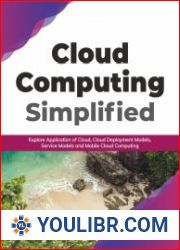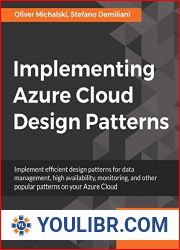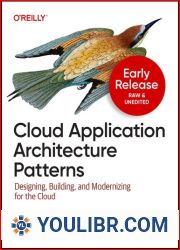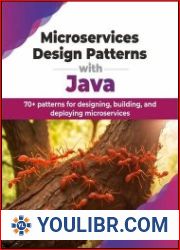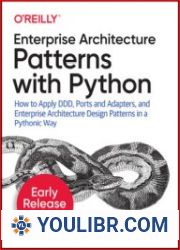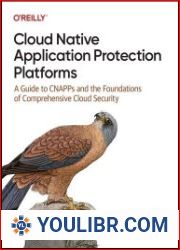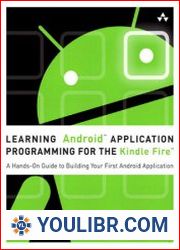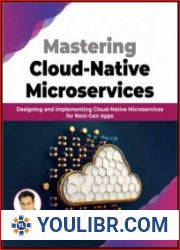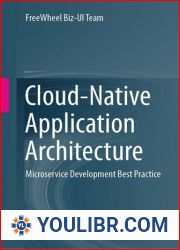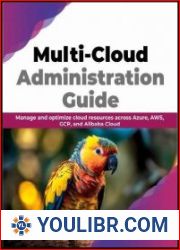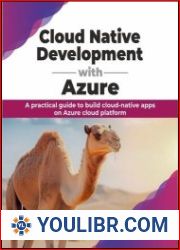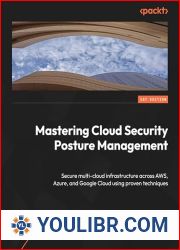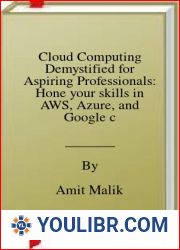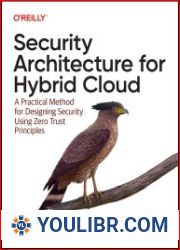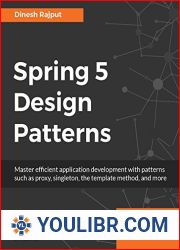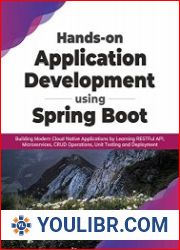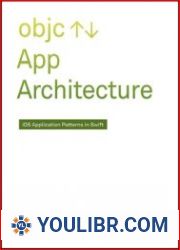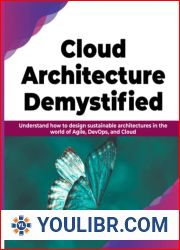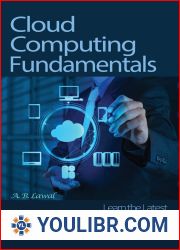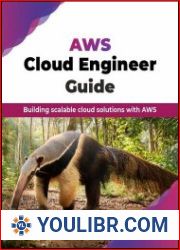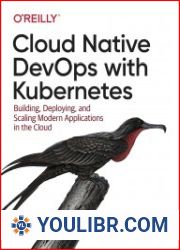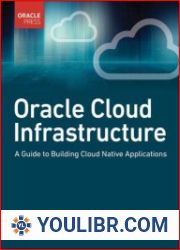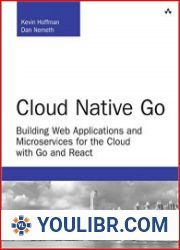
BOOKS - Cloud Application Architecture Patterns Designing, Building, and Modernizing ...

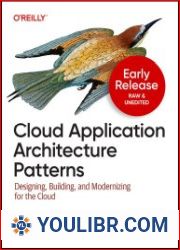
US $8.60

377331

377331
Cloud Application Architecture Patterns Designing, Building, and Modernizing for the Cloud (Early Release)
Author: Kyle Brown, Bobby Woolf, Joe Yoder
Year: 2024-06-06
Number of pages: 248
Format: PDF | EPUB
File size: 10.1 MB
Language: ENG
Year: 2024-06-06
Number of pages: 248
Format: PDF | EPUB
File size: 10.1 MB
Language: ENG
If you're developing or considering cloud application architectures for your company's projects, this practical guide is an ideal place to learn and understand best practices for developing in the cloud. Architects and lead developers will learn how cloud applications should be designed, how they fit into a larger architectural picture, and how to make them operate efficiently. Authors Kyle Brown, Bobby Woolf, and Joe Yoder take you through the process step by step. Because this book focuses on designing applications to be deployed on the cloud, we do assume a fundamental set of technologies that have become a de facto standard stack that applications make use of to take advantage of cloud computing: • Linux - Cloud computing’s operating system developed by an open community and freely available; • Containerization - Packaging an application with the environment it needs to run in the Linux kernel; • Container orchestration - Grid computing that autonomically manages large numbers of containers; • Cloud-native application - An application architecture that separates stateless business logic from stateful middleware functionality accessed as backend services. These technologies and ones like them are assumed in this book. This book is for application architects and developers who want to learn best practices about how to design applications for the cloud. Architects who want their applications to run well in the cloud need to know these best practices and employ them. These practices apply to any application that will run in the cloud. We assume most developers are writing business applications for commercial enterprises — let’s face it, that’s where the money is — but these techniques apply equally well to other fields like research and science, government, non-profits - any field where users have requirements for what an application should do and the organization wants to deploy their applications on the cloud.







